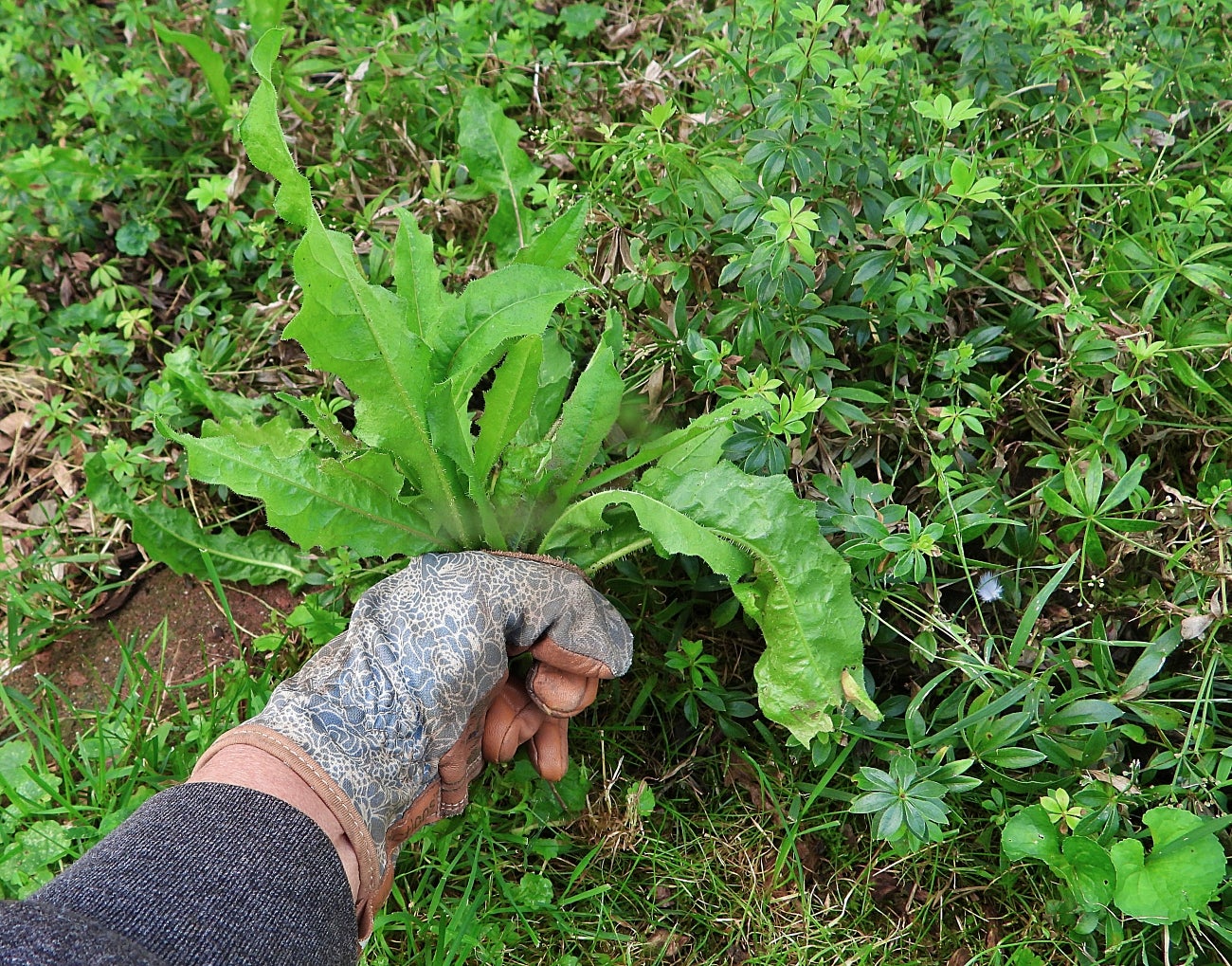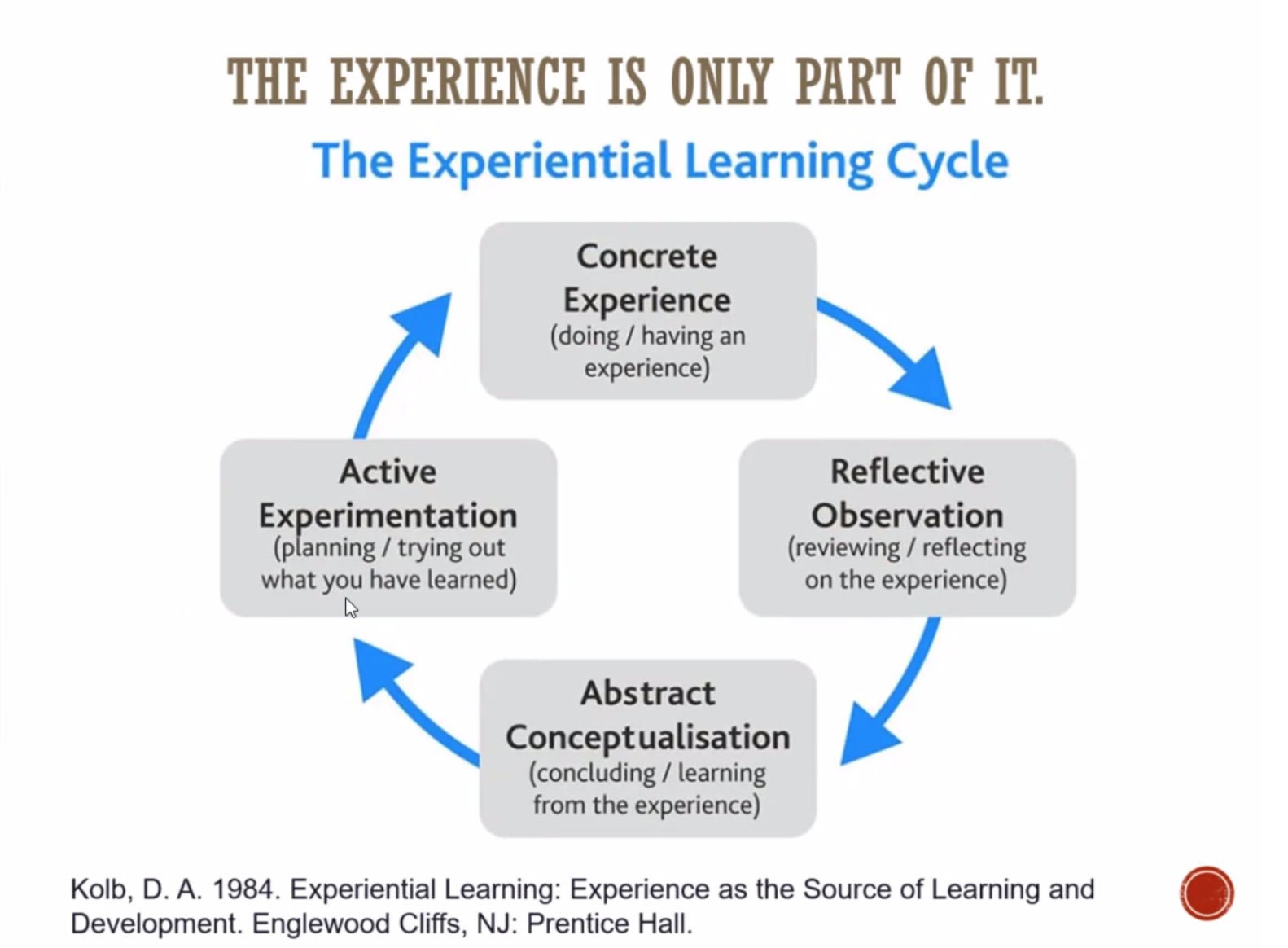
Have you ever been teaching a class and had a student remark how the class project felt like extra work? Sometimes this happens with service-learning. A student might say, “I don’t understand why we are going to the refuge to pull weeds.” Ouch! When a student says, “that feels like extra work” or “I don’t see the point…” I first want to rant, then I imagine leaving the profession and escaping to a tropical island (preferably with azure seas), and then I finally listen. What I have come to understand from the words “extra work” or “I don’t understand why…” is that something in my course design is missing. Students are not seeing the link between the content we are learning and the service in which we are engaging. The what and the why are not aligned.
So how do we successfully weave Community-Engaged Learning into the fabric of our classes? A workshop hosted by Boise State University’s Service Learning Director Kara Brascia and Faculty Associate Elizabeth Lester Barnes answered this question through a four step weaving process. Below is a summary of the steps you too can follow so that you won’t hear students ask, “why are you making us pull weeds?”
Step One: Consider The Why
What Service-Learning or Community-Engaged Project have you designed for your class and why?
We teachers often inherently understand the purpose of the assignment, but the why is not always clearly communicated to students. By first understanding our own motivation we can then clearly and powerfully communicate to our students the meaning behind the work. While we are very accustomed to thinking about our class in terms of Learning Outcomes related to course content, Service-Learning director Kara Brascia encourages faculty also to include Civic Learning Outcomes as part of their course Learning Outcomes.
What are Civic Learning Outcomes? “Civic learning relates to the knowledge, skills, values, and attitudes necessary to make a positive impact in one’s community.” For example:
- Ethical decision making
- Questioning stereotypes
- Empathy
To learn more about Civic Learning Outcomes, you are welcome to spend some time on Boise State’s Service Learning Webpage.
Step Two: Zoom Out
We all know that backwards planning is integral to having enough time to actually fit everything into the context of a semester. This is particularly true when trying to integrate a Community-Engaged learning experience into the semester. For this workshop, we created a SL Weaving document. Please copy this document to your own drive and then take a few moments to fill out the logistical events of your Community-Engaged project.
Step Three: Integrate the Kolb Cycle

The Kolb Cycle moves from abstract conceptualization back to abstract conceptualization bringing students’ understanding of the work they are doing to circular completion.
An example of a Service Learning experience that connects with the Kolb cycle might be:
- First—Abstract Conceptualization: Students are introduced to noxious weeds and the complexity of ecosystems. Students explore the concepts of ecosystems, plant communities, and invasive species.
- Second— Active Experimentation: This is the planning stage where students prepare by researching the weeds, how the weeds impact the environment, and how the refuge (where the project is taking place) serves the larger community and ecosystem.
- Third—Concrete Experience: Students actively go into the refuge and pull noxious weeds, preferably with a refuge staff member or the instructor, who can help make meaning during the activity.
- Fourth—Active Reflection: students reflect and consider how their work of pulling the weeds benefited the ecosystem and their own role in the ecosystem and as citizens.
- Fifth—Abstract Conceptualization: Because it is a cycle, students return here again and truly consider how their experiences impacted their understanding of ecosystems and their learning in the larger context of the course.
This is an example of how the Kolb cycle can be integrated into a Service-Learning experience. The next step is to do the same for your own class experience.
The example document (Steps 3 and 4) takes a class that has been sketched out and then applies the Kolb cycle to the class. It uses a color-coded system so that it is easy to visually understand where the Kolb cycle is woven into the class.
Number-Coded Example Weaving Document
After looking at the example document, you’re welcome to apply the Kolb cycle to your own class.
Step Four: Filling in the Gaps
In the last step, look at your completed weaving document and evaluate where you are missing connections to the Kolb cycle. Are there any places where you might add reflection to help students connect their experiences to the academic content of the class?
Here is a list of activities that could potentially be used or adapted for your class to better weave Service-Learning into the tapestry of your class.
After you have finished all four steps, you too will have a well-woven class. Instead of students saying, “That project felt like extra work,” students will say, “Wow, I will never forget the day we pulled weeds; it helped me understand what we were learning!”
Written by: Elizabeth Lester Barnes, SL Faculty associate and Kara Brascia, SL Director